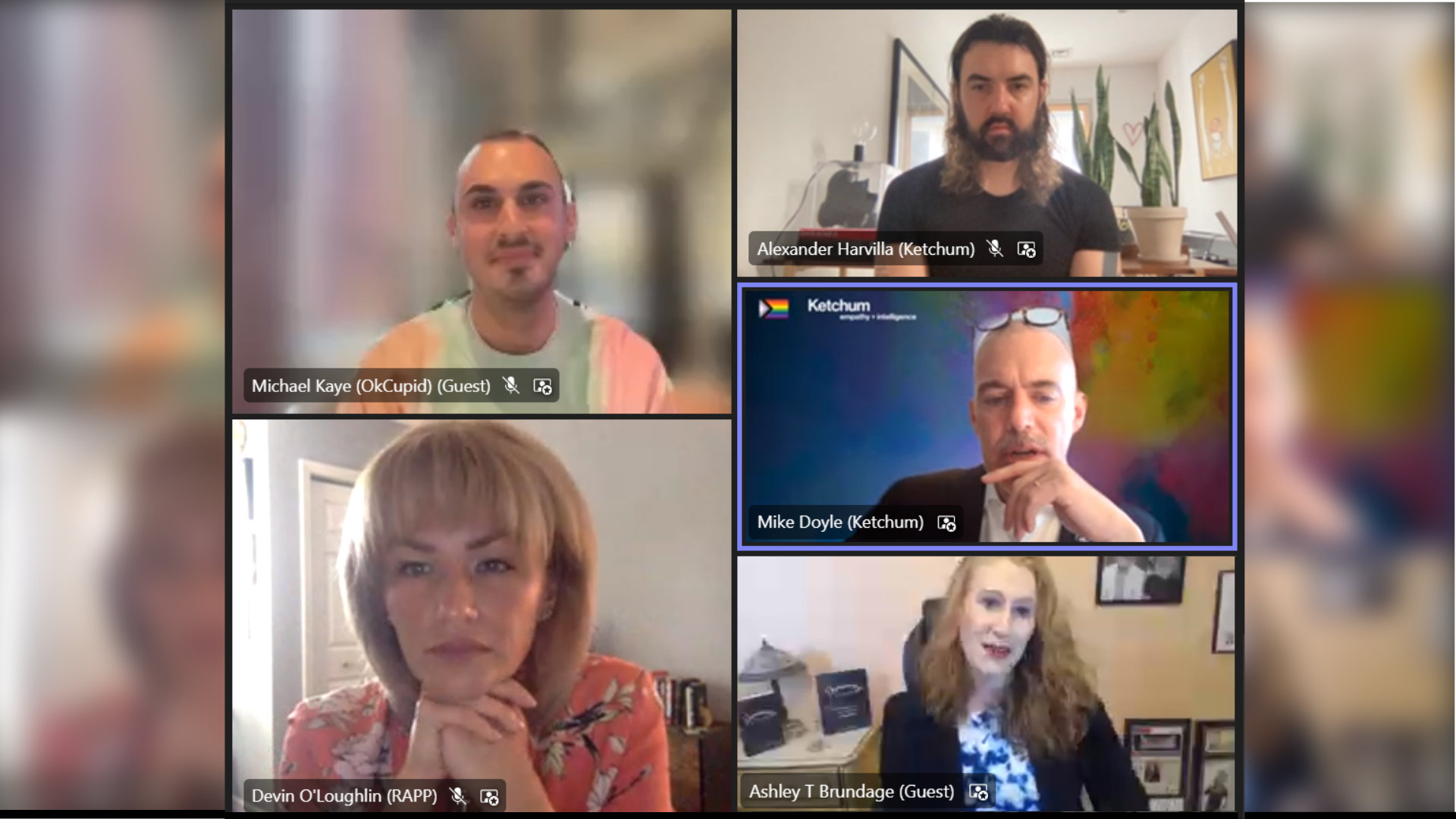The complex challenge of fake news is recognized in Germany but has yet to be sufficiently addressed.
Germany currently enjoys an excellent reputation in the coronavirus pandemic. Who does the world expect to emerge strengthened from this crisis of unprecedented proportions? Germany, as predicted in, inter alia, the New York Times in July 2020.

Yet Germany has not been spared by the negative impact of fake news, or simply fakes, as the phenomenon can no longer be described as new. We are bombarded with fake news from around the world that reaches users in Germany via the social media in particular and is passed on here. But fakes also originate in Germany, increasingly at present in connection with COVID-19, but in principle on any of the issues that are currently or have in recent years been among the greatest fears of people in Germany.
Political responses have not been sufficient to contain the accompanying economic and societal repercussions, not to say threats. But the borderline between regulation and censorship is narrow, and that is one of the reasons why we as communicators are in demand. Or, as the leading German virologist Professor Christian Drosten so fittingly put it at the communication congress on 18 September 2020, we must add an A to the AHA rule [the first letters of the German words for distancing, hygiene and face mask]: an A for Aufklärung, or information.
Fake news falls on fertile soil in the form of a triad consisting of the technical possibility of producing and spreading it, of a large number of actors who expect to derive benefit from it and of the psychological readiness of the public to take it on board, to internalize it and even to defend fakes, partly by means of activities that are ready to resort to violence.
Technical possibilities: the role algorithms play
A longstanding subject of discussion is how the selection and recommendation algorithms of the social media probably unintentionally bur clearly quite significantly foster radicalization and a drift toward extreme positions and conspiracy theories – by means of the so-called pipeline effect, or radicalization by comment.
Facebook is seen in Germany, due in part to international developments, as one of the main sources of fake news. But to focus only on Facebook or on social media in general is to fall well short of the mark. While the problem at, say, YouTube has been discussed for some time, Amazon too is now coming further into focus as a spreader of conspiracy theories.
The “rabbit hole” effect on YouTube seems to work at Amazon as well. Books that spread conspiracy theories evidently seem to be regularly presented and suggested to an even wider public due to the recommendation algorithms that Amazon uses. That is because the Amazon algorithm rewards swift shopping behavior and fervent reviews and not, automatically, high-quality content. And that is how, along with books by serious authors, works with dubious content are regularly suggested – thanks to automated recommendation.
Look for biology textbooks or a novel, for example, and you may once in a while be brought into contact with conspiracy theories. This phenomenon is of relevance in that Amazon is not only a sales platform but also, by virtue of its market power, a very far-reaching medium.
So these are, all in all, strong indications that computer-assisted recommendation algorithms play a role in the process.
In view of the Internet’s marked preponderance as a source of information for all the relevant target groups the problem of fakes is of an enormous order of magnitude. In 2020 around 72.5% of the German-speaking population aged 14 and over consulted the Internet if they wanted to inform themselves about something more extensively and in greater detail. About 80.6% of Germans also asked relatives and friends. But if everyone is consuming the same fare everyone will say the same about whatever happens to be in focus on the Internet.
The actors: how prejudices become advantages
This order of magnitude brings pressure to bear in another relevant area. The ongoing decline in advertising revenue in the print sector must be offset in the digital world. In this plight the media and journalists resort to an approach that is tempting but disastrous in its publicity effect. “Snappy” polarizing copy simply attracts the most clicks. Influencers play this game too. So, in principle, does everyone who vies for attention online in the form of clicks.
A genuine problem is that two things often happen here. Without reading the article behind the headline the clickbait is passed from user to user and frequently misinterpreted or wrongly contextualized. Increasingly extreme rumors take shape as a result. It is rather like Chinese whispers but with an extraordinary high reach.
Take a headline in the highest-circulation German daily Bild-Zeitung about the poisoned Russian Opposition politician Alexei Navalny: “Poison Came in the German Rescue Plane.” What was meant was that the poison victim was flown to Germany along with objects that his team had collected in a hotel room he had previously occupied. The headline, which was later changed, can also be taken to mean that the poison was taken from Germany to Russia. Which is why the report in an established medium seems to support a common fake story that the poisoning originated in the West. Sadly, then, the compulsion to reduce a report to the shortest amount of copy that can be read as fast as possible in as few characters as possible regularly leads to rumors arising from or being replenished by misunderstandings.
The second media phenomenon is that headlines seem to construct a clear reality. As many users don’t go into greater depth because of the daily volume of information there is little scope for differentiating reflections or, indeed, desire for background information. Back in 2016 the newspaper Die Welt quoted a study by Colombia University and the French National Research Institute for Informatics and Automation (Inria) that came to an alarming conclusion: “59% of articles shared on Twitter are never read. By anyone, not even by those who share them.” Articles were shared, and are now probably shared even more so, on the basis of a headline.
In a nutshell, due to media inundation with information the attention span of our society has been reduced to the level of a headline. This acceleration is readily explained by referring to Twitter. I here quote Claudia Krapp, writing in 2019: “While a hashtag stayed in the Top 50 for 17.5 hours on average in 2013, it stayed there for an average of only 11.9 hours in 2016. This effect can also be identified over time with reference to Google search words. The length of time for which a term is sought especially often is growing shorter and shorter.”
The role of Google Search is not to be underestimated. The changing use of search engines is a trend that we communicators must keep an eye on. For many users the summaries on the Google results page are evidently all that they need. They must serve to explain a search topic in full. Many users no longer click on the article, text, video or website in question. The summary must only be inadvertently misleading for the next rumor to take shape.
Along with commercially driven clickbait, private Internet users must not be underestimated as originators and spreaders of fake news. You can gain profile by sharing news about scandals. You receive Likes, commitment, are taken notice of. Attention is a drug that works not only for celebs; it is a temptation for private users too. And social media make the drug easy to obtain. So you first click and then look. A claim is first made and then questioned. Maybe. And the rumors spread farther and wider, with social media, by this analogy, in the role of the dealer.
It doesn’t even have to be intentional inasmuch as knowledge about the problem of fake news is only now taking shape. In a June 2020 survey 45% of Germans said they felt uninformed or poorly informed on the subject, while 44% of respondents said that overall they felt they were well informed about fake news. We as communicators must combat this division with information.
Last but not least, there is no lack of actors who use fakes deliberately to achieve political objectives. These range from business to political interests. As entire encyclopedias could meanwhile be written on this subject we will here make do with a reference. The EU’s anti-disinformation campaign provides a good overview of this aspect of the fake news problem.
Social media monetization logic also makes the creation and spreading of fake news attractive: “Corona conspiracy theorists receive 22 million euros”. They spread fake news about COVID-19 and are rewarded handsomely in the form of advertising revenue from Google, Amazon and other providers.
That brings us back to the problem of YouTube and Google. Without the participation of content creators in YouTube advertising revenue from fake videos or via the Google Ad Network from operating fake news websites and portals, fakes would face serious obstacles. The platforms here have a substantial share of responsibility that they must shoulder – if not voluntarily then by means of regulation. Because: “Freedom of speech is not freedom of reach”, as Sasha Baron Cohen so aptly put it during a speech to the Anti-Defamation League (ADL) in November 2019. Please google this sentence and watch the corresponding video.
Psychological readiness: from providing entertainment to fostering uncertainty
In addition to the technology an important factor is the readiness of at least part of the population to regard even the crudest statements as at least possible. Depending on the survey period at least a third of the German population no longer trusts established media sources. The gap is increasingly filled by so-called alternative media – obscure websites and word-of-mouth propaganda via Deep Social, first and foremost Telegram and WhatsApp, with sources that are not clear.
Sad to say, these alternative media use scandalization – “lifting the veil” packaging of stories – to give them a very human dimension. Sharing fake news and maybe even creating it yourself is worth the individual’s while. Attention is its reward – the currency with which the social media-driven digital world works.
Fake news also serves even deeper levels. Sharing rumors is seen as one of the “most powerful reputational mechanisms safeguarding cooperation in human groups,” as a source of “social enjoyment, group protection, and information gathering and validation,” for “venting emotions” and generally as an attempt to secure orientation for oneself.
This is increasingly evident in the context of coronavirus, but the fundamental structures are older than the pandemic and date back to changes in the post-modern period. The world is simply changing too fast for too many people in it. In its wake the subjective perception of the security of what you are familiar with vanishes and is replaced by things that are new and unexplained. To find their footing many people look for explanatory patterns and structures and end up with fakes and conspiracy theories.
While rumors have always been spread they sadly spread via Deep Social so fast and so far that they become visible and receivable for almost everyone well before intervention is possible to scotch them. Assuming that intervention is possible. The topics have changed too. Until well into the 2000s fake news was mainly a problem for celebrities and how they were depicted in the yellow press. It now affects everything and everyone.
The entire complex problem has been recognised but not yet sufficiently addressed in Germany. People are skeptical as to whether society can adequately identify fake news and only 30% feel confident that fellow-citizens can, so more and more institutions are trying to do something about fakes. Along with the fact checkers and fake monitors of various online media they include, for example, in the German-speaking countries the following:
Fake news and professional communicators
What does all this now mean specifically for professional communicators?
Fake news can strike at anyone – every individual, every institution and every company. It is better to know about it in good time. Monitoring and listening are the answer. And it is better to have swift responses at a comparable level of abstraction at the ready. A stance is indispensable.
The classical partners in opinion formation are increasingly falling by the wayside, which is all the more reason to create a publishing universe of your own, committed to the truth and with loyal followers who spread your content – and all the more reason to seek new partners beyond the established sphere of influencers.
It also means explaining and repeating more, creating content and sharing it. Communicators often follow the mandate of “news value”. They tend to believe that once a story has been told, its news value and the story itself are no longer of any use. In the new world of fractured target groups and filter bubbles that is not the case. The insane amount of information that inundates target groups on a daily basis means that many more stories than ever before inevitably remain unseen, unheard, unread and thus not understood.
A more differentiated consideration of the news value by target group will nowadays take communicators much further. A story may no longer have a news value in Target Group 1, but that does not necessarily apply to Target Group 2 or 3 – and not even to Target Group 1 in that genuine coverage in a target group in the sense of “message understood” is well below the technical coverage. If a portal has an IVW-audited circulation of 10 million users, it does not by a long chalk mean that 10 million users have noted every article on the portal. A story-by-story evaluation is all that can help – and not total coverage of any kind. And until story-by-story evaluation is available communicators should have no qualms whatever about retelling allegedly old stories time and again. More important than the news value today is the “excitement value” for part of a target group and the quest for qualitative and quantitative criteria that are really significant.
When it comes to their own responsibility to society, communicators must take care to ensure that they themselves as an organization are not spreading fake news. (Social media) editorial guidelines must be amplified to include fact checks and formulation aids.
There is no use in relying on schools, the media or the state to swiftly develop the public competence that is needed to stem the tide of fake news. All societal actors must inform and educate. COVID-19 and its reflection in the Cosmo study are a good guide on how relevant information provided by employers is in Germany and the extent to which the employer is regarded as a trustworthy source of information. So a good initial approach would be to focus on the subject in in-house communications and to extend the company’s social media guidelines for all employees to include sharing external content and identifying fake news.
We need to start somewhere, so let’s start with ourselves.
A version of this article first appeared on IPRA.org.



